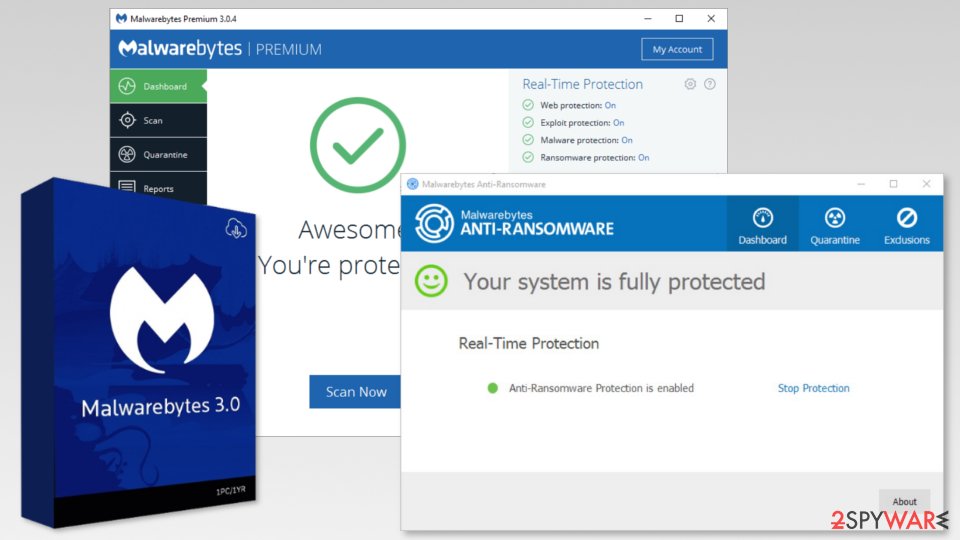


Many anti-virus packages include an option to automatically receive updated malware definitions. This process may differ depending on what product you choose, so find out what your anti-virus software requires. How do you get the current malware information? Regardless of which package you choose, installing any anti-virus software will increase your level of protection. Anti-virus software typically performs the same types of functions, so your decision may be driven by recommendations, particular features, availability, or price. There are many vendors who produce anti-virus software, and deciding which one to choose can be confusing. When you select an anti-virus package, familiarize yourself with its features so you know what to expect. In other cases, the software may attempt to remove the malware without asking you first. Sometimes the software will produce a dialog box alerting you that it has found malware and ask whether you want it to “clean” the file (to remove the malware). How will the software respond when it finds malware?

Anti-virus vendors find new and updated malware daily, so it is important that you have the latest updates installed on your computer. Anti-virus software (sometimes more broadly referred to as anti-malware software) looks for patterns based on the signatures or definitions of known malware. Although details may vary between packages, anti-virus software scans files or your computer’s memory for certain patterns that may indicate the presence of malicious software (i.e., malware).


 0 kommentar(er)
0 kommentar(er)
